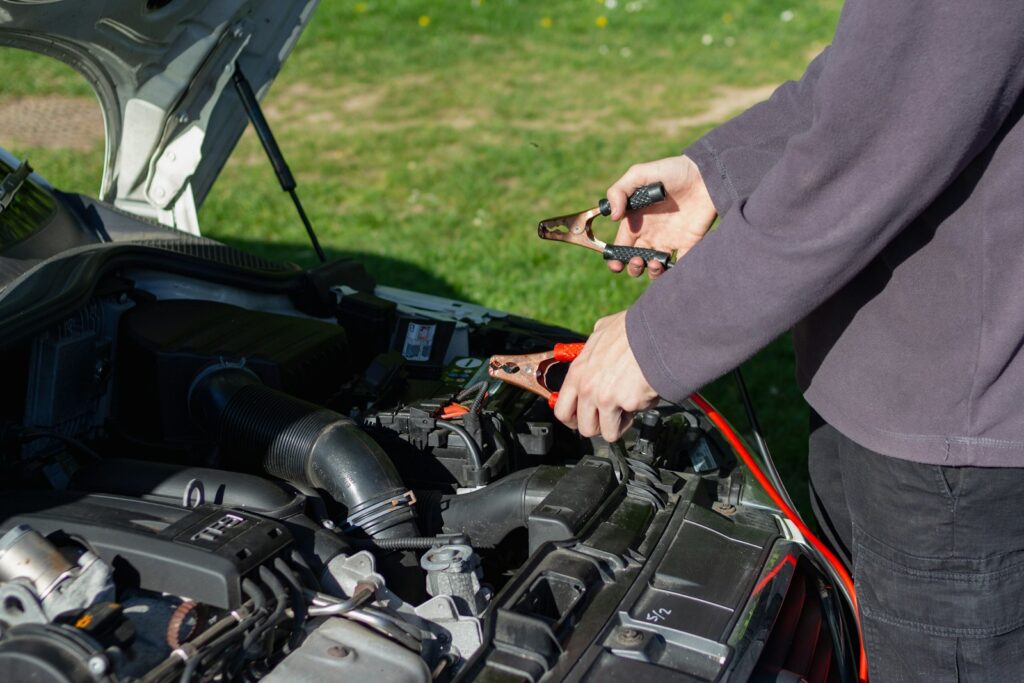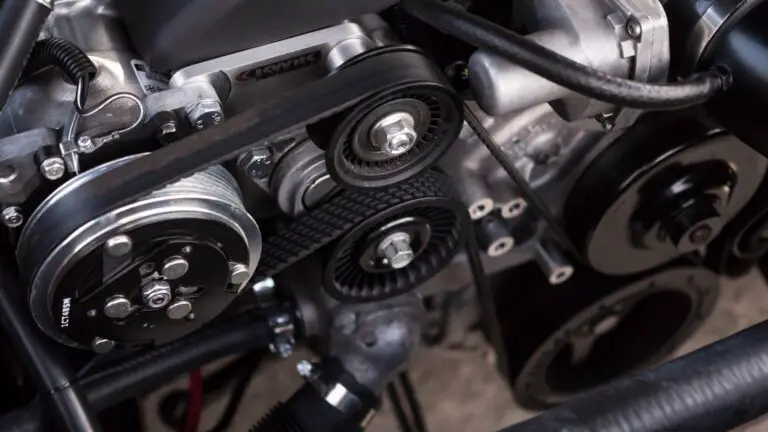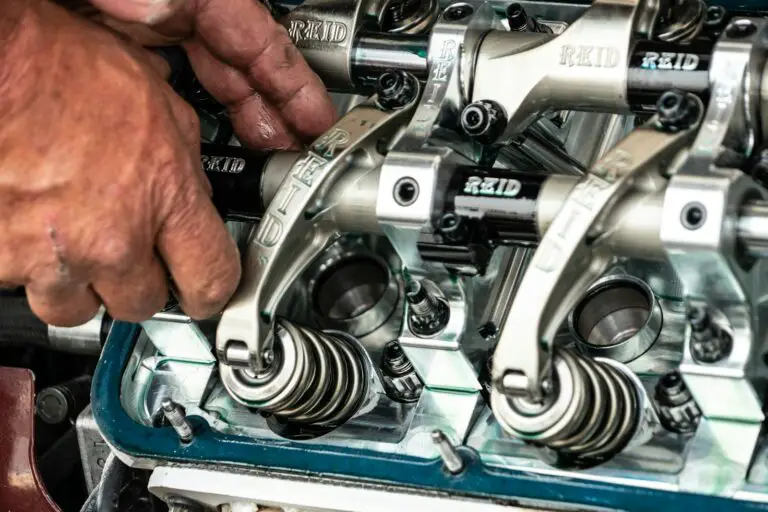DIY Transmission Fluid Change: When and How to Do It Safely
An often-overlooked maintenance task for many car owners is the regular replacement of the transmission fluid. Whether you are an aficionado of auto-tinkering or a novice looking to save on steep garage charges, mastering the transmission fluid change is a fundamental DIY skill that brings both cost savings and a deeper knowledge of your vehicle. This comprehensive guide is your roadmap to executing a transmission fluid change with precision and safety.

Understanding the Transmission Fluid
The transmission fluid in your car is akin to the lifeblood of the machine – it is responsible for maintaining the health and smooth operation of your transmission system. Known for its intricate engineering, the transmission is a vital part of your vehicle and ensuring the fluid that keeps it running efficiently is of the highest quality and proper operating condition is crucial. In this piece, we will explain why, when, and how you can take this task on without compromising on safety or effectiveness.
Significance of Regular Fluid Changes
A well-maintained transmission can last for hundreds of thousands of miles, and the key to this longevity is good quality fluid. Transmission fluid not only lubricates the many moving parts but also helps to cool the system and transmit power from the engine to the wheels. Over time, the fluid wears out, becoming contaminated with metal shavings, dirt, and grit, which can impair the transmission’s operation and lead to costly repairs.
Signs It’s Time to Change Your Transmission Fluid
Most car owners are familiar with common maintenance tasks like oil changes and tire rotations, but they might be less informed about when to change transmission fluid. Here are signs that should prompt you to take action:
Indications to Watch For
- Grinding or Shaking: A dirty or degraded fluid can result in rough or ‘notchy’ gear changes, potentially causing the car to shake or hold gears longer than necessary.
- Delayed Gear Engagement: Overused fluid can cause a noticeable delay before the car engages into forward or reverse, indicating a problem with shifting mechanisms.
- Transmission Slippage: If the transmission changes gears seemingly at random or the engine revs up without accelerating, it might be due to a lack of proper fluid pressure from dirty or low transmission fluid.
- Surging of the Vehicle: When transmission fluid becomes contaminated, you might experience a jerking or surging sensation when the car attempts to switch gears.
If you notice any of these symptoms, it’s time to grab your owner’s manual and confirm the recommended intervals for a fluid change.
Determining When to Change Transmission Fluid
The right time to change your transmission fluid depends on several factors, such as your vehicle’s make and model, type of driving, and the fluid’s current state. Here’s how to nail down the intervals for your situation:
Mileage Intervals
Most vehicle manufacturers recommend changing transmission fluid every 30,000 to 60,000 miles. However, if your owner’s manual suggests ‘severe’ service, which includes towing, extensive idling, or driving in extreme temperatures, the intervals may be more frequent.
Fluid Condition and Color
Inspect the fluid for clarity and color. Fresh transmission fluid is typically translucent and ranges from cherry red to dark red. If yours is brown, black, or has a burned odor, it is time to replace it.

How to Change Transmission Fluid Safely
Now, you know it’s time to change the transmission fluid; the next step is executing the task accurately and safely. Below is a step-by-step guide that you can follow:
Preparation Is Key
Before you start, ensure you have the following tools and materials ready:
- New transmission fluid as recommended by your manufacturer
- A socket wrench set with extensions
- A breaker bar
- A torque wrench
- A fluid pump
- A drain pan
- A replacement gasket and filter (if applicable)
Step-by-Step Process
- Elevate Your Vehicle: If needed, raise your vehicle with a jack and safely secure it with jack stands.
- Locate Drain Plug and Drain Fluid: Using your manual, locate the transmission pan and its drain plug. Position the drain pan underneath and remove the plug, allowing the fluid to drain completely.
- Replace the Filter (If Needed): Remove the bolts holding the transmission fluid pan and the old filter. Install the new filter and replace the pan with a new gasket if required.
- Fill the Transmission with New Fluid: Using the fluid pump, fill the transmission with the appropriate amount and type of new fluid.
- Check for Leaks and Lower the Vehicle: Once the new fluid is in, start your car, shift through the gears, and check for any leaks. Carefully lower the vehicle back to the ground.
- Double-Check Fluid Levels: With the engine warm and running, check the level of the fluid using the dipstick. Adjust as necessary to the recommended level.
Safety Precautions
- Always wear protective gear, including gloves and goggles, when working with transmission fluid.
- If you’re not comfortable or lack the tools, consult with a professional mechanic.
- Be mindful of the hot fluid and parts of your vehicle during the process to avoid injury.
By adhering to the given procedure and precautions, you’ll have successfully performed a crucial automotive maintenance task.
The Benefits of a DIY Transmission Fluid Change
Doing your own transmission fluid changes offers a host of advantages:
Cost Savings
The most immediate benefit is the money saved. The cost of transmission fluid and a new filter is a fraction of what a garage might charge for the service.
Knowledge and Empowerment
Every time you work on your vehicle, you deepen your understanding of its mechanics. This knowledge is empowering and can lead to increased confidence when dealing with car issues in the future.
Contributing to Your Vehicle’s Longevity
A well-maintained transmission can significantly extend the life of your car. By changing the fluid yourself, you’ll play a role in keeping your vehicle on the road for many more miles.
Conclusion
A DIY transmission fluid change is a rewarding endeavor if approached with the right information and diligence to safety practices. It underscores the ethos of car ownership that is about more than just driving—you are also a steward of your vehicle’s health and longevity. Whether you’re driven by frugality or the joy of knowing the inner workings of your car, this comprehensive guide will help you achieve a successful and cost-effective transmission fluid change. Remember, consistent maintenance like this can keep your car running smoothly and avoid potentially catastrophic repair bills. With these takeaways, you’re well-equipped to take on this important maintenance task and forge a deeper bond with your trusted ride.







